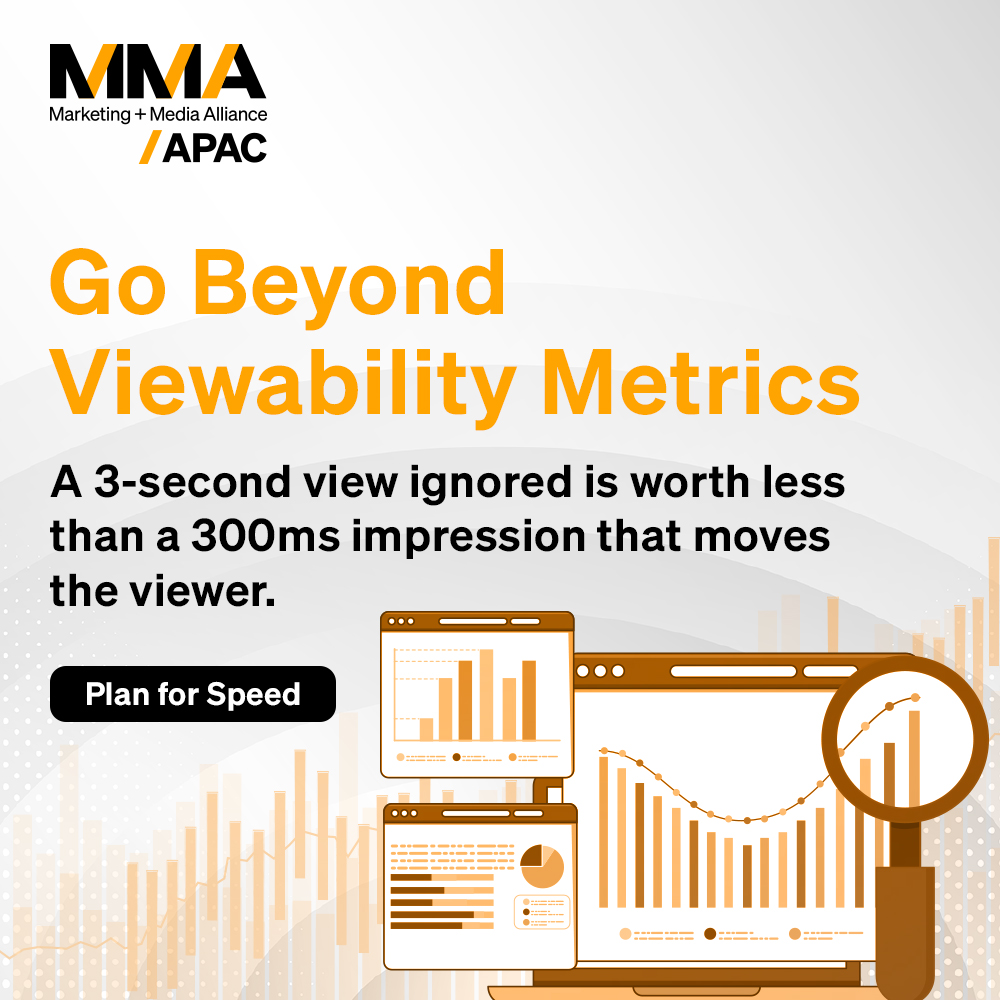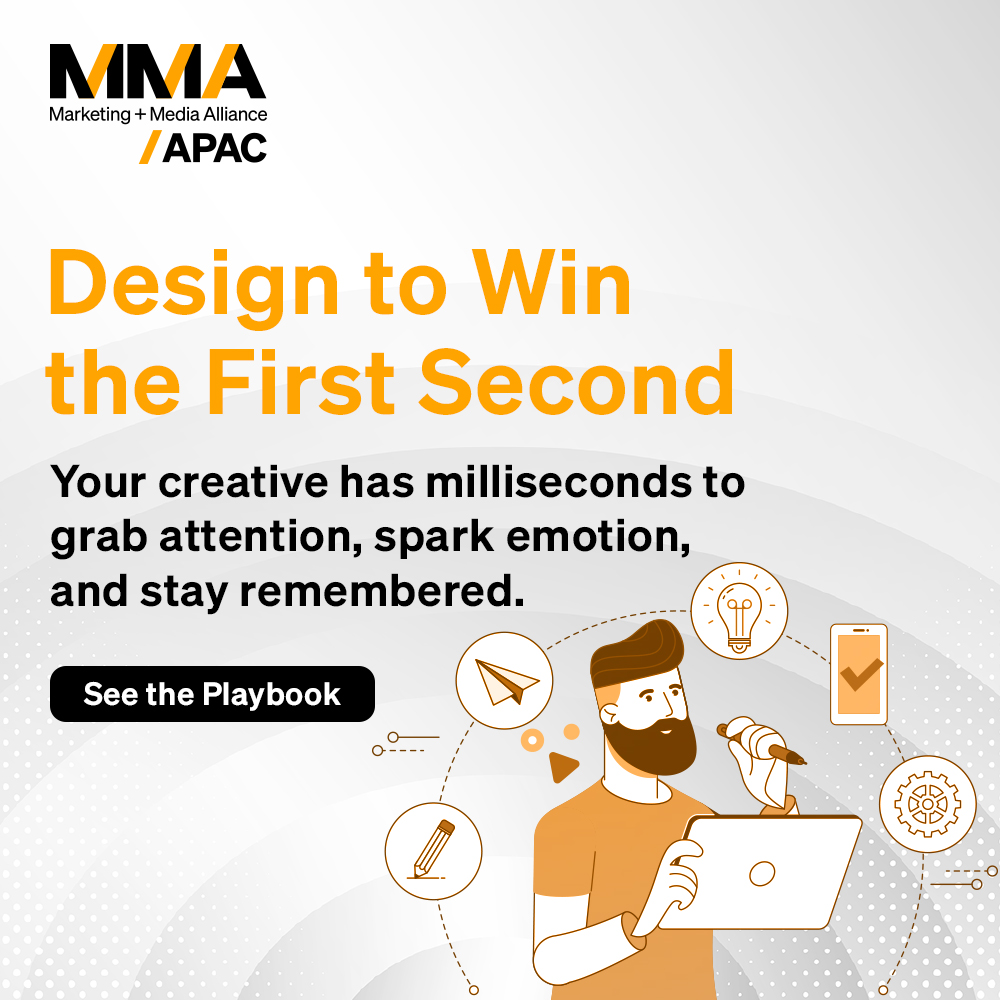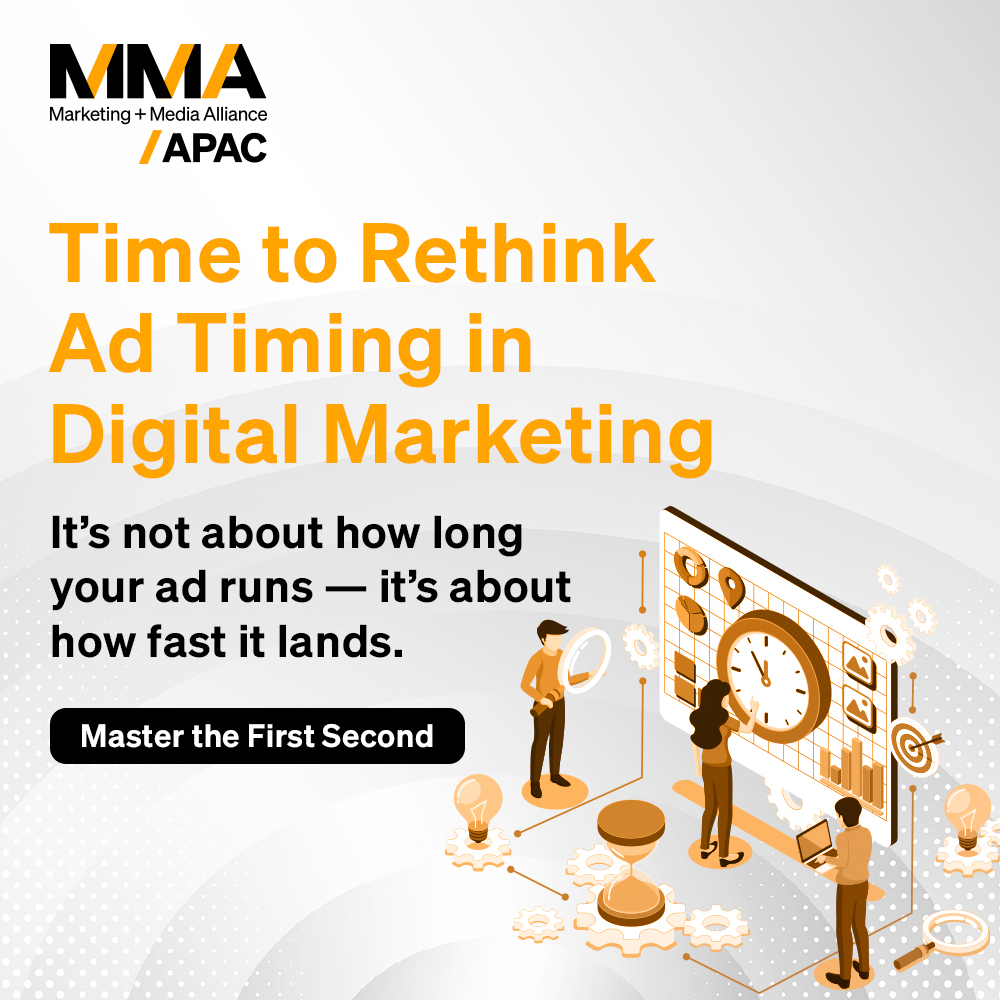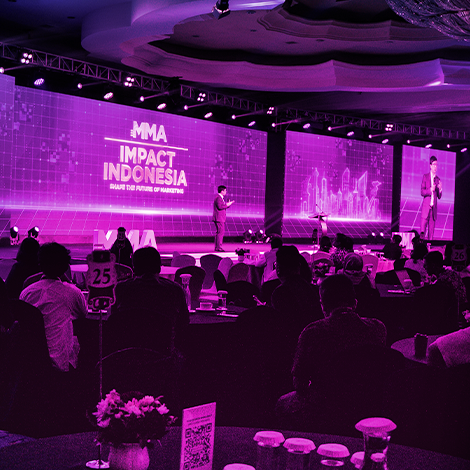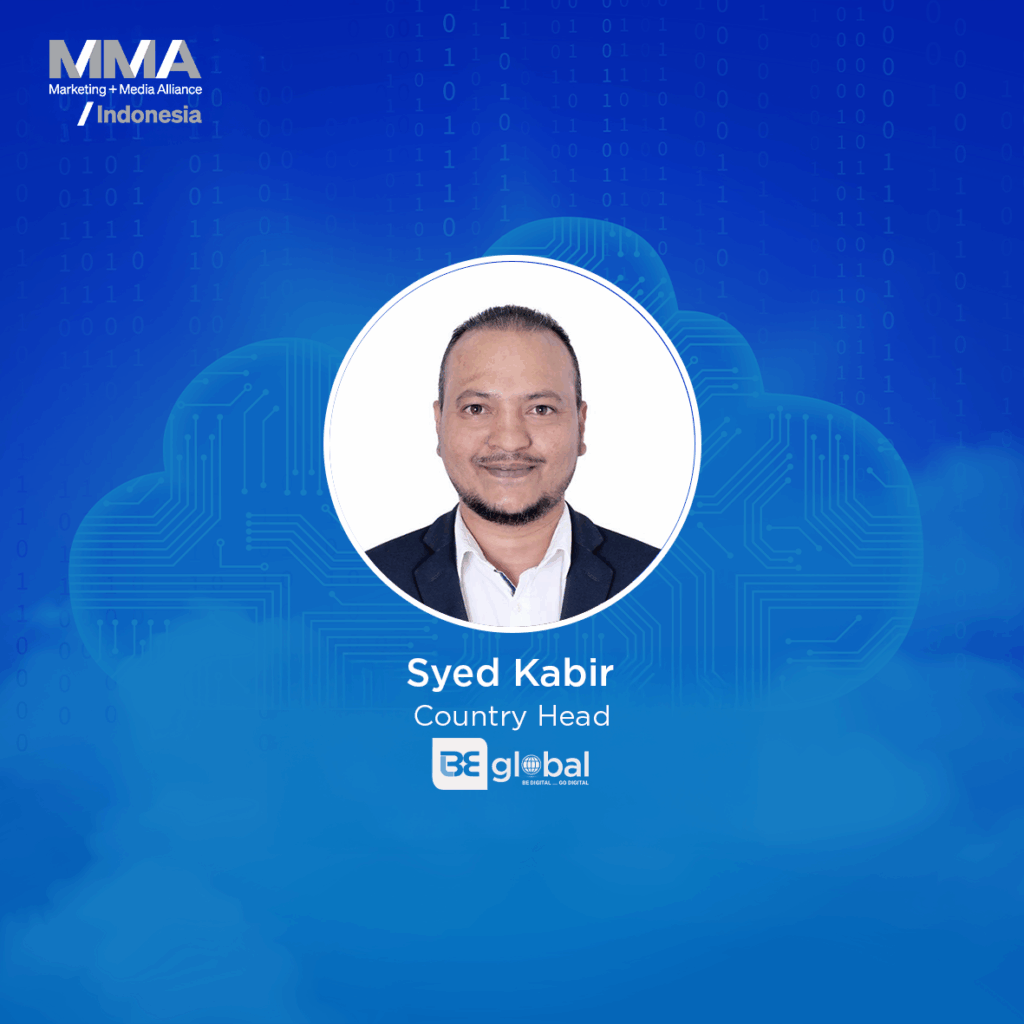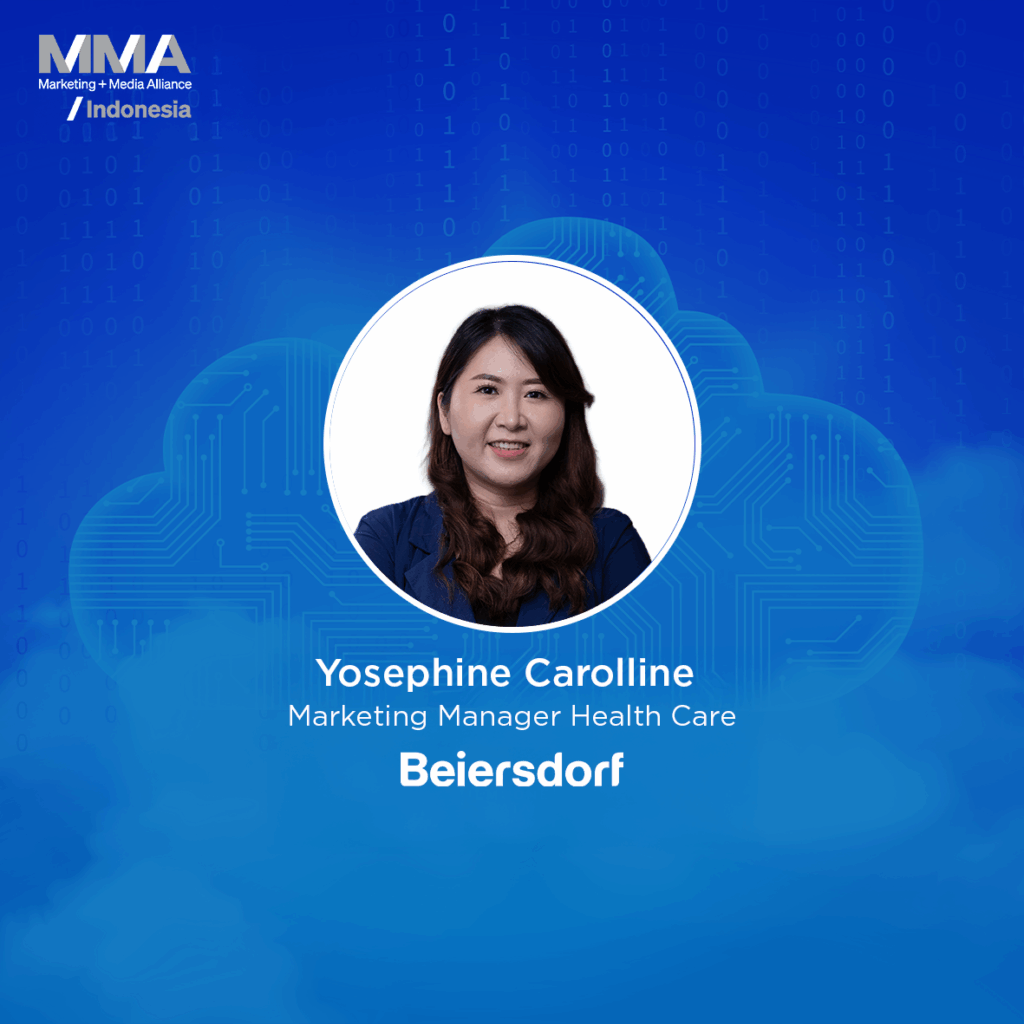
For two decades, search revolved around the blue link. Google’s familiar ten-result page, and the SEO playbook built around it, rewarded brands that mastered keyword targeting, link building, and technical optimization. That model is eroding fast.
Today, platforms like ChatGPT, Google’s Search Generative Experience (SGE), Gemini, and Perplexity are reshaping search from a static list of links to dynamic, conversational answers. Instead of directing users to multiple sources, these tools synthesize information into a single, authoritative response, often without requiring a click.
In this new environment, winning visibility is no longer about outranking competitors. It’s about becoming a trusted node in an AI’s knowledge graph so your brand is cited when the answer is generated. The implications are clear:
- Zero-click becomes default: AI-first search delivers complete answers upfront, pushing organic links far below the fold.
- Fewer citation opportunities: instead of ten blue links, there might be three cited sources, or none at all.
The risk is a new kind of invisibility crisis: if your brand isn’t in the model’s trusted dataset, it doesn’t exist at the moment of discovery.
Understanding AIO (AI Optimization)
If SEO helped search engines find and rank your content, AIO—AI Optimization—is about ensuring AI systems can understand, trust, and cite your content when generating answers. It’s the shift from optimizing for an algorithm to optimizing for a reasoning, generative system.
AIO requires designing brand content to be discoverable, interpretable, and credible to LLMs and AI-powered search platforms. Because generative AI retrieves, reasons, and rephrases rather than ranks, visibility depends on three core capabilities: entity precision, contextual relevance, and strong reputation signals.
The Four Pillars of AI Optimization
-
Structured, LLM-Readable Content
AI models thrive on clarity and structure. Use schema markup and metadata to define entities, relationships, and context, making it easy for AI systems to ingest and recall your content accurately. Build deep, interlinked content ecosystems (topic clusters) that reinforce your authority, and maintain consistent naming conventions across every asset to avoid ambiguity. Structured content is the bridge between your brand story and an AI’s ability to retell it.
-
Authoritativeness & Credibility
In AI-first search, trust is currency. Embed E-E-A-T—experience, expertise, authoritativeness, and trustworthiness, into all content formats, from blogs to whitepapers to original research. Publish citation-ready assets and secure mentions in high-authority publications and databases that LLMs already favor. AI models “trust” what the internet trusts, and credible third-party validation raises your inclusion probability.
-
Source Integration & Distribution
Even the most authoritative content is invisible if it never enters the AI’s data supply chain. Ensure your brand appears in AI-indexed repositories such as Wikipedia, Wikidata, and academic journals. Build partnerships with platforms that license data to AI providers and keep content consistent across all public touchpoints. Distribution is no longer about reach—it’s about being present where AI “learns.”
-
Conversational Readiness
Generative answers are conversational by nature. Make your content easy to repurpose by structuring it in Q&A formats, layering context so AI can summarize or expand as needed, and using plain, precise language. The closer your content is to the way AI responds, the more likely it is to be included as-is.
The brands that win in AIO will engineer their presence across the AI knowledge ecosystem. Structure, authority, integration, and adaptability are no longer optional—they’re the foundation of existence in AI-driven search.
Early Movers: Turning AIO into Measurable Wins
These principles are already delivering results for brands that act early. Flyhomes, an AI-powered real estate platform, paired a programmatic content strategy with a seamless domain migration, multiplying SEO equity and producing over 2 million organic visits within three months. Their granular, location-specific guides were easily parsed and cited by LLMs, securing hyper-local visibility. (Source)
On the other hand, enterprise brands working with Knotch have focused on precision optimization for LLM responses—tracking traffic share from AI platforms alongside traditional metrics and refining formats for higher conversion. The result: LLM traffic share more than doubled, and conversion rates rose by 124%. (Source)
Together, these examples show that visibility in AI-first discovery isn’t luck; it’s the product of strategic design, structured authority, and intentional distribution into the AI supply chain.
The Road Ahead
Generative AI is becoming the primary layer of consumer discovery, transforming search from static results into dynamic, AI-curated conversations. The bottom line: success will shift from click acquisition to influence acquisition—how often and where your brand appears in AI-generated answers. Winning requires building a distributed authority footprint across trusted AI sources, securing early entity recognition, and treating AIO as a cross-functional business priority. Brands that embed themselves into the knowledge fabric of generative AI now will lead the market tomorrow.



